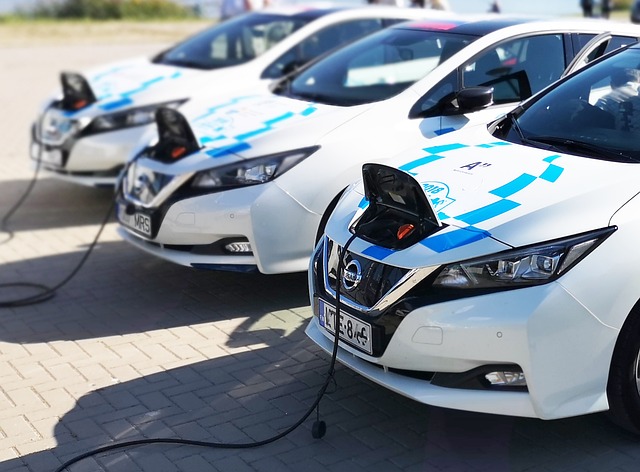The global tourism industry is undergoing a significant transformation as travelers become more conscious of their environmental impact. In this shift towards sustainability, electric vehicles (EVs) have emerged as a promising solution to enhance eco-friendly travel experiences. By replacing traditional fossil fuel-powered vehicles, EVs offer numerous benefits, including reduced greenhouse gas emissions, improved air quality, and quieter transportation options. This article explores the role of electric vehicles in promoting sustainable tourism and enhancing eco-friendly travel, highlighting their advantages and potential applications in the tourism sector.
Reducing Carbon Footprint
One of the primary advantages of electric vehicles in sustainable tourism is their significant contribution to reducing carbon emissions. Transportation, particularly air and road travel, accounts for a significant portion of the tourism industry’s carbon footprint. EVs produce zero tailpipe emissions, thus helping to combat air pollution and climate change. By transitioning to electric vehicles for transportation within and between tourist destinations, travelers can significantly reduce their carbon footprint.
Furthermore, the integration of renewable energy sources, such as solar and wind, into EV charging infrastructure further enhances their environmental benefits. Charging stations powered by clean energy reduce the overall emissions associated with EVs, making them an even more sustainable choice for travelers seeking eco-friendly transportation options.
Enhancing Air Quality
Popular tourist destinations often suffer from air pollution caused by heavy traffic and congested roads. This pollution not only affects the environment but also poses health risks to residents and visitors alike. Electric vehicles, with their zero tailpipe emissions, significantly improve air quality in tourism hotspots. By replacing conventional vehicles with EVs, destinations can create cleaner and healthier environments, making the travel experience more enjoyable for visitors and residents alike.

In addition to improving air quality in urban areas, electric buses and shuttles powered by renewable energy can be employed to transport tourists within specific tourist sites or between attractions. This approach reduces the reliance on individual vehicles, leading to a decrease in traffic congestion and further improving air quality.
Enhanced Visitor Experiences
Electric vehicles provide unique opportunities to enhance visitor experiences in sustainable tourism. EVs are generally quieter compared to combustion engine vehicles, contributing to a more serene and enjoyable travel experience. This aspect is particularly relevant in ecologically sensitive areas where noise pollution can disturb wildlife and compromise the natural beauty of the surroundings. Electric transportation options allow travelers to explore natural sites, national parks, and scenic areas without causing disruption to the environment.
Furthermore, EVs can be integrated into guided tours and rental services, enabling tourists to explore destinations with minimal impact on the environment. Electric bicycles and scooters, for instance, offer flexible and eco-friendly alternatives for sightseeing, ensuring a closer connection to the surroundings while reducing carbon emissions.
Collaboration and Infrastructure Development
Promoting electric vehicles in sustainable tourism requires collaboration between tourism stakeholders, including government bodies, transport providers, and hospitality establishments. Governments can incentivize the adoption of EVs by offering tax benefits or subsidies to encourage tourism-related businesses to invest in electric fleets. Additionally, partnerships between hotels and EV charging stations can facilitate convenient charging options for both guests and local EV owners, ensuring a seamless travel experience.

Moreover, the development of charging infrastructure across popular tourist destinations is crucial. Charging stations should be strategically located to accommodate the needs of both locals and tourists, promoting the use of electric vehicles for longer journeys. Governments and private enterprises should collaborate to expand the charging network, ensuring that EV users have reliable access to charging facilities, thereby eliminating range anxiety and supporting the growth of electric tourism.
Conclusion
Electric vehicles have emerged as a driving force in sustainable tourism, offering eco-friendly transportation options that reduce carbon emissions, improve air quality, and enhance visitor experiences. By transitioning to EVs, both tourists and tourism providers can contribute to the preservation of natural environments, mitigating the negative impacts of transportation on the planet. The collaboration between stakeholders and the development of charging infrastructure are essential in fostering the widespread adoption of electric vehicles in the tourism sector. By embracing electric mobility, the tourism industry can play a vital role in creating a more sustainable and eco-friendly future for travel.

